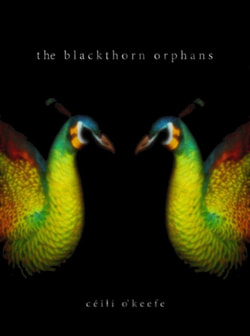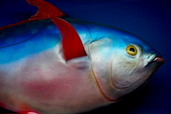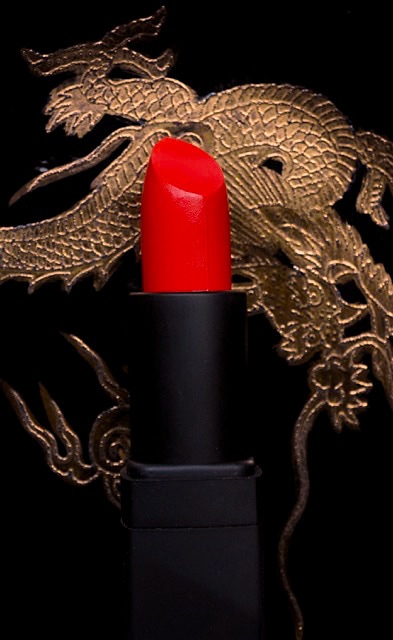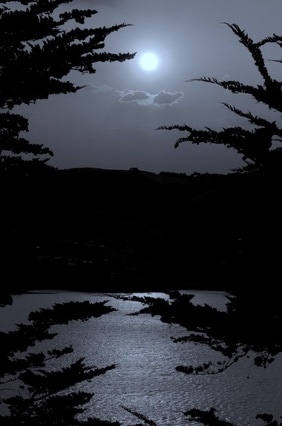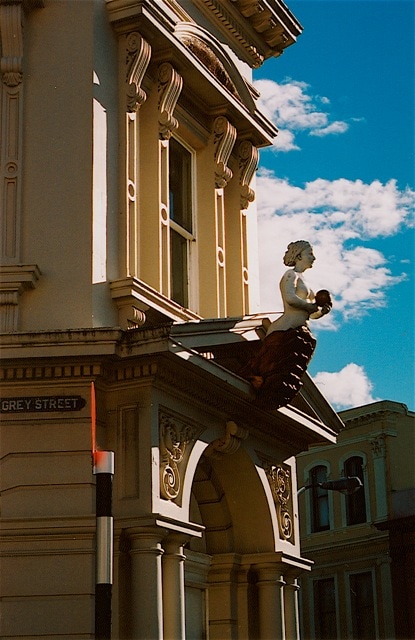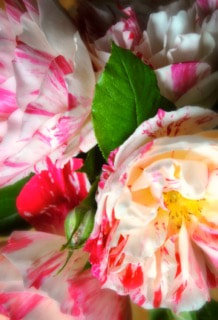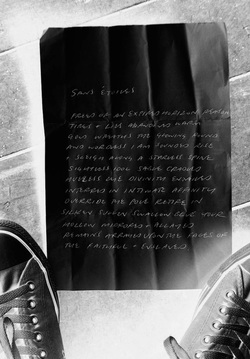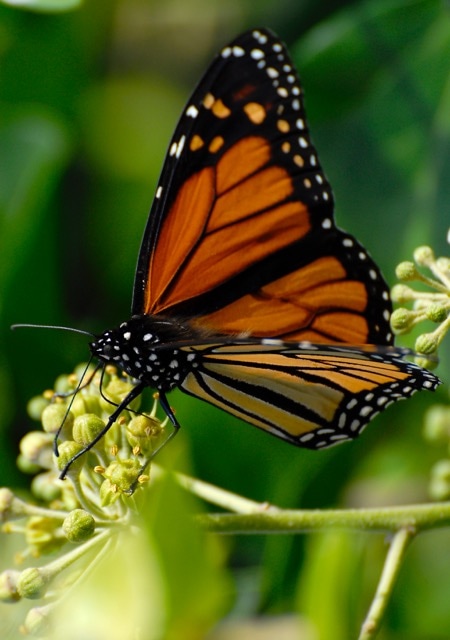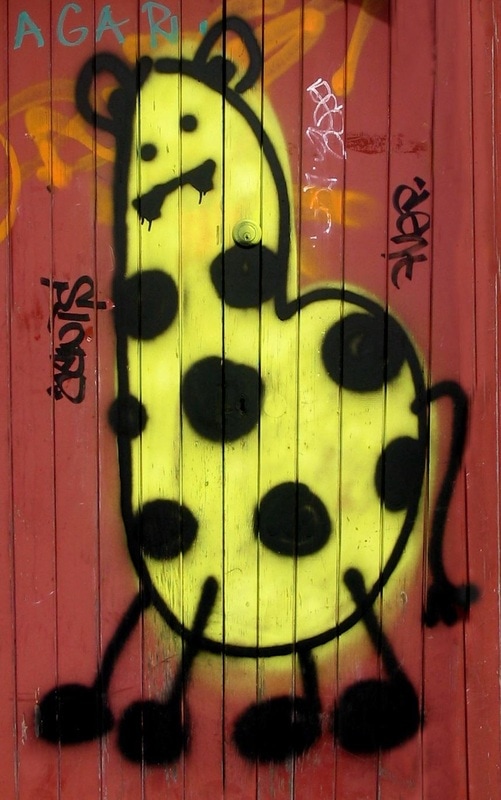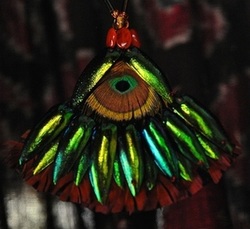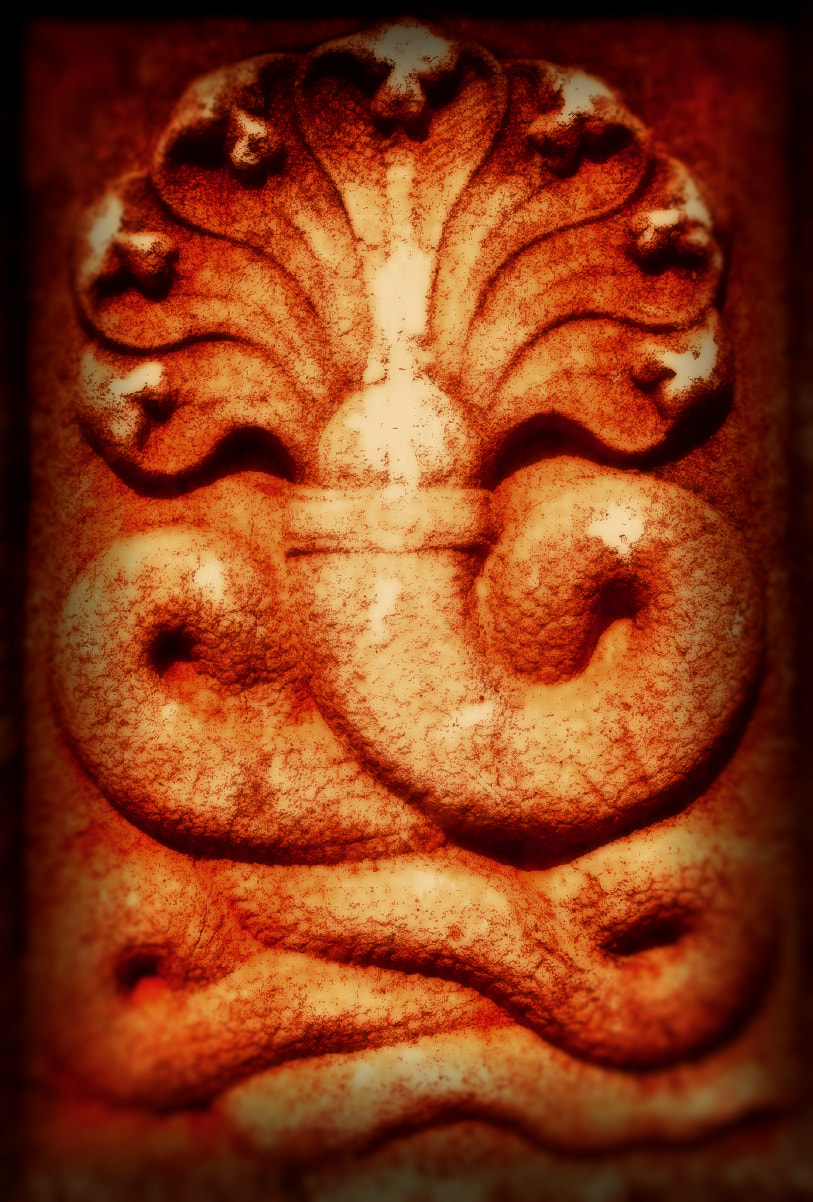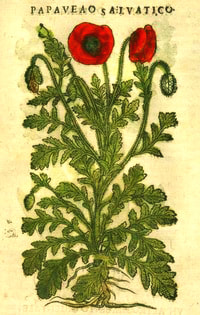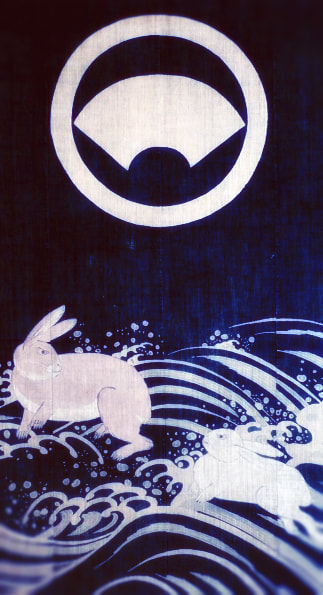| Aimless, compulsive rock-fancying runs in my family and I am personally like a medieval demon when confronted with a mineralogically interesting beach; each new kind of pebble must be examined until a fugue state distracts me from any general perpetration of evil. Je suis ce que je suis. Holidays in SE Asia during the 80s always featured the attentions of infinitely patient and utterly inexorable gem hawkers; they would slither out of nowhere to squat down on the beach beside visiting marks and unpack their inventory. Out of their bundles of fraying white cotton would emerge surprisingly dark alluvial sapphires in a half-dozen colours, still blind and uncut; enormous, flamboyant aquamarines like Waterford crystal, and various other of the tiny effulgent splendours gouged, flushed and blasted from the guts of the region. |
| Even as a child I was somehow cognisant of the half-sinister nature of their origins. It flickered in their purveyors’ breezy mendacity, the smiling lies about where all this stuff came from, their insistence upon the legitimacy of their strangely furtive trade etc. etc. and in the flame of the stones themselves. To my eye, their vacuous lustre spoke of nothing good. I think Dad felt the same since I don’t remember him buying much, despite the obvious quality of the pieces offered to a Phuket punter back in the day. This is fundamentally where my resistance to retail gems stems from, a disinclination underscored by more recent revelations about the hideous social and environmental price of precious stones. I think I’ve only ever bought amber ‘new’ and that shit generally moved beyond easy affordability for plebeians a long time ago. |
| Half an hour of research on the subject should prompt you to ask yourself if you’re still in the market for Harry Winston bling or Burmese jade. All that squalid provenance prompts a hard no from me. There is also the intractable problem of funds available vis-á-vis physical scale; anything under 5 carats might as well be glitter dust against my heroic slash Clydesdale-eque proportions. Size matters, sadly. So what is a man-handed, ethically-minded lady of limited resources to do? Go without jewellery? That is a monstrous proposition. I source my glamour by winkling through the job lots, buyer’s remorse, misattributions and hood-rat shit on auction sites. |
It twinkled its way into my heart in the auction pics and did not disappoint once it had plopped into my hands and all for sub-$50. This piece hails from a watchmaker's estate and apparently sat in his shop window, casually slaying unwary basics with its understated subtlety and modest proportions. It's like we were made for each other.
What in the ever-living fuck is an ametrine, I hear you gasp. I didn’t know either. It sounded... mysterious. Chimeric. Synthetic, even. The internet informs us that structurally speaking, ametrine is a naturally bicoloured variant of quartz, combining the purple of amethyst and the yellow of citrine in one stone where the composition shifts from the former to the latter. It is hard, coming in at Mohs 7, which makes it practical, and came historically from only one locale; the Anahí mine, named for a high-born Ayoreo lady in the remote Bolivian Pantanál region. I recommend this great piece in gia.edu on the mineral and region if you have some idle moments.
It is a beautiful thing in both loud and subtle ways. The refraction is ridiculous due to the high clarity, incredibly bright polish and outrageously buxom cut with its fat arse and puffy disco ball facets. The colour shift runs vertically, like strokes of lightning slashing down into the cellar of the stone, yellow bands soaking through the bright mauve and turning it a rosey golden pink from many angles.
I think I’ll put it in a ring, a thick band with some sort of serpentine hammered finish. Will blog when can afford.


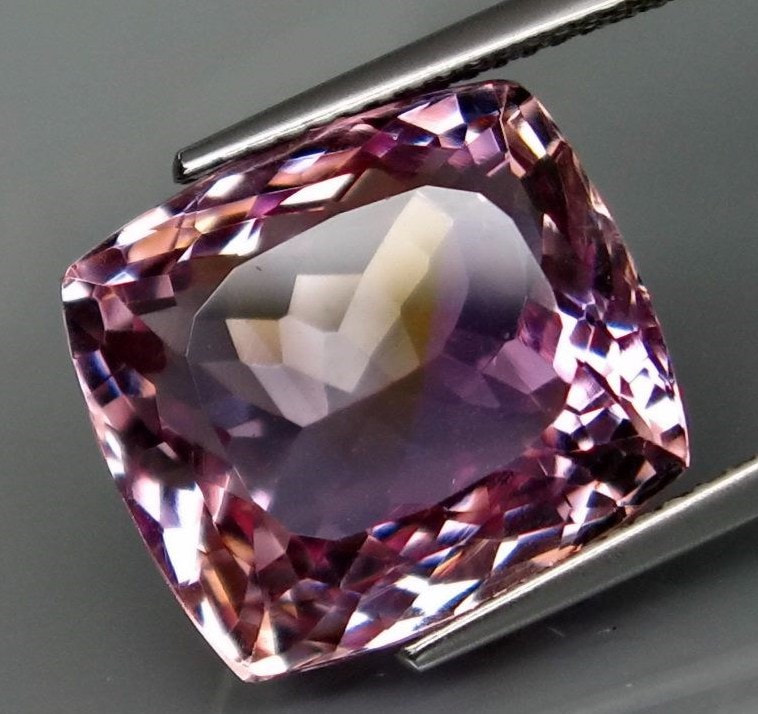

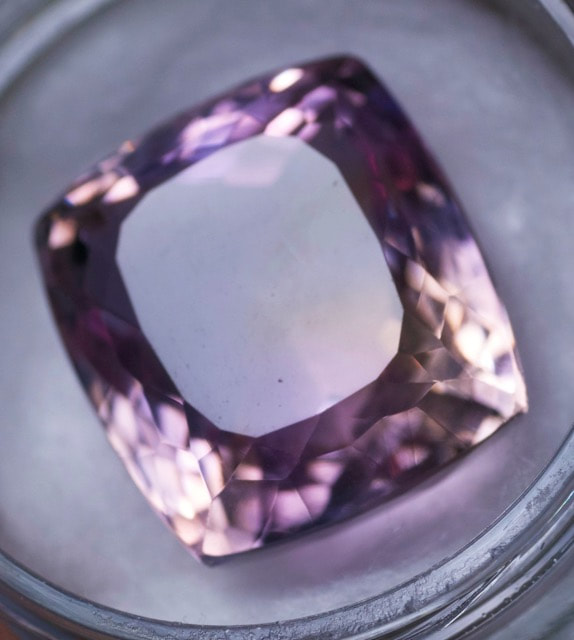
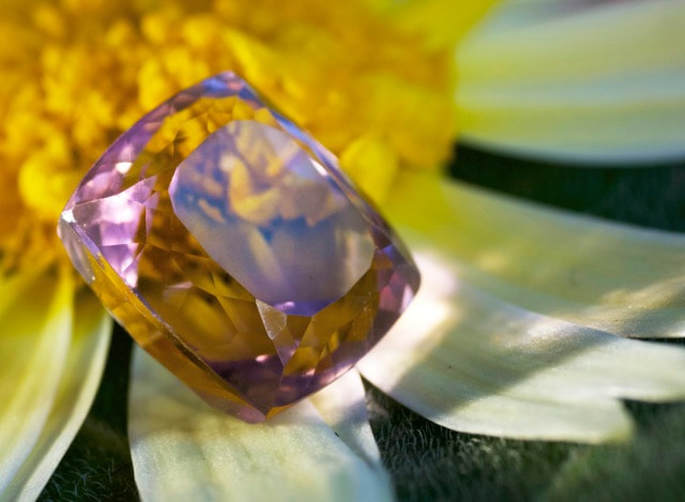
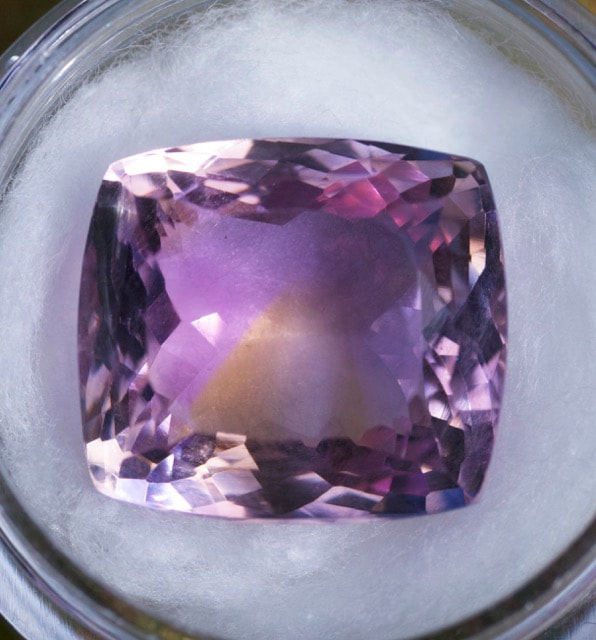
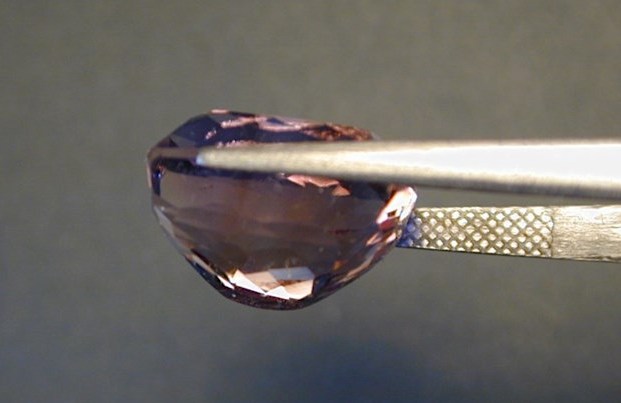
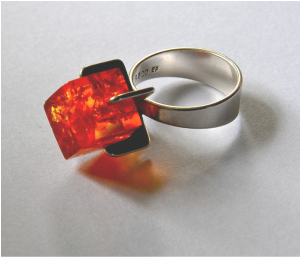
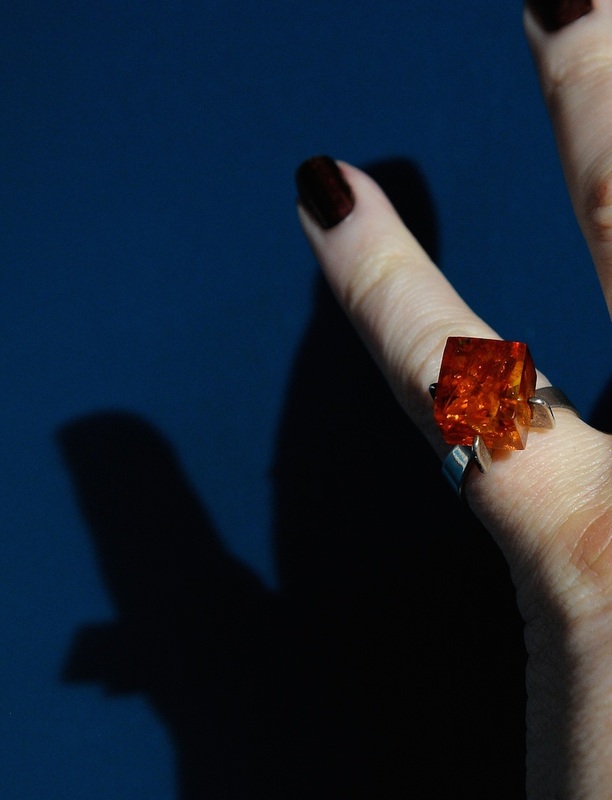
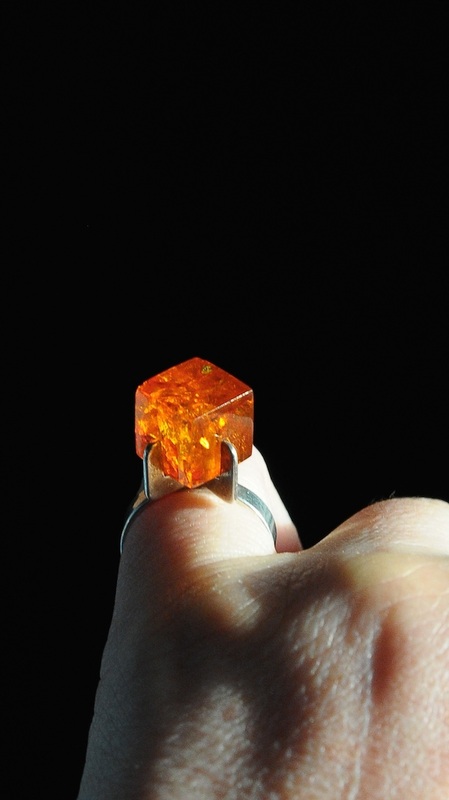

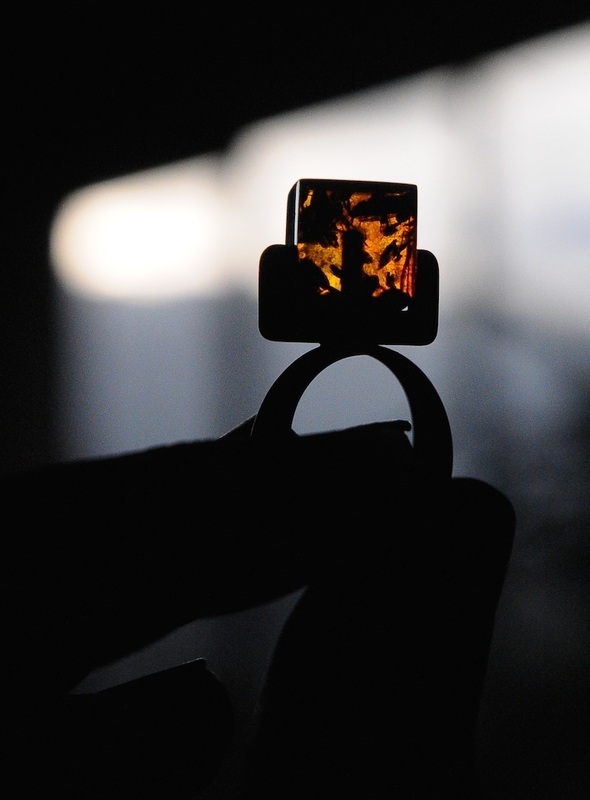
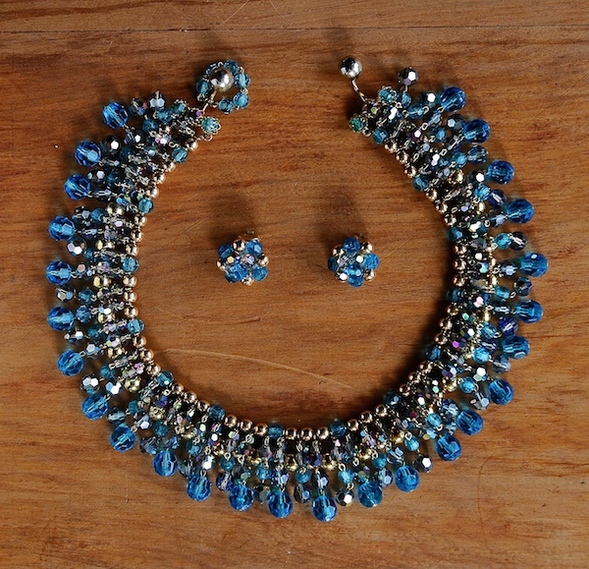
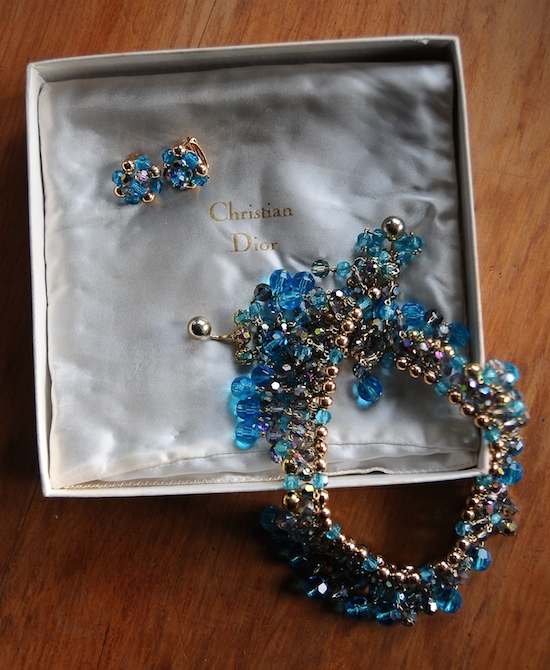
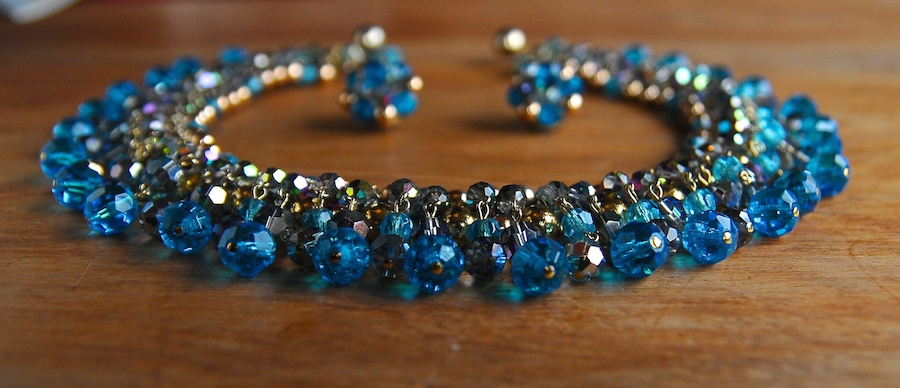

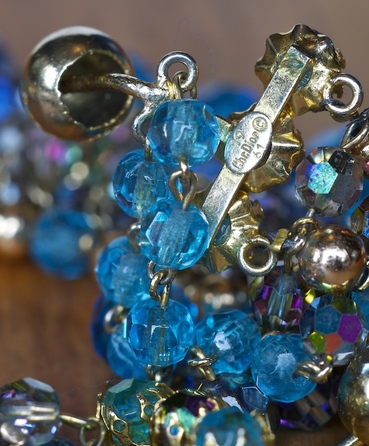


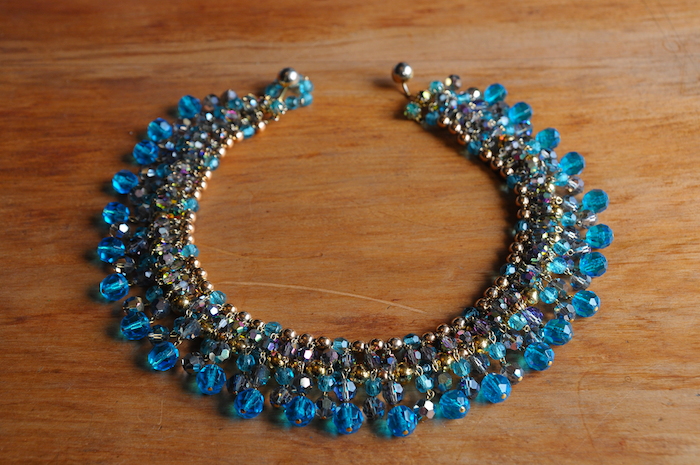
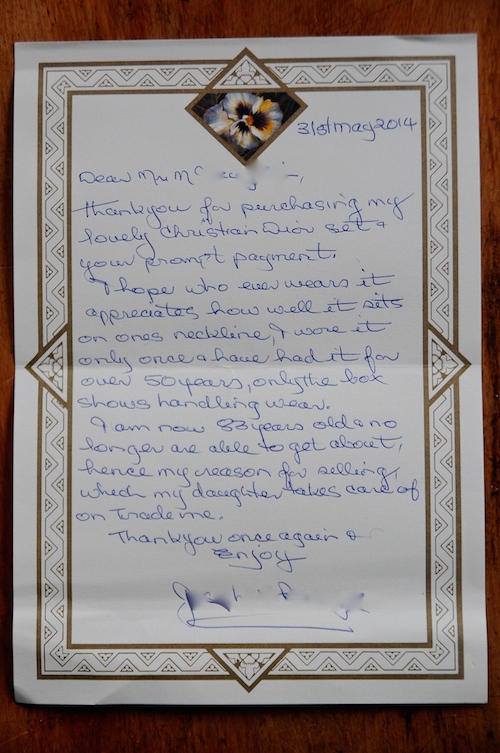

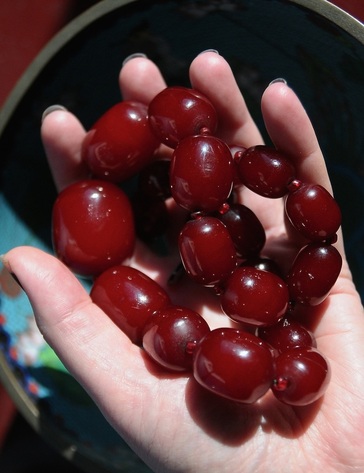
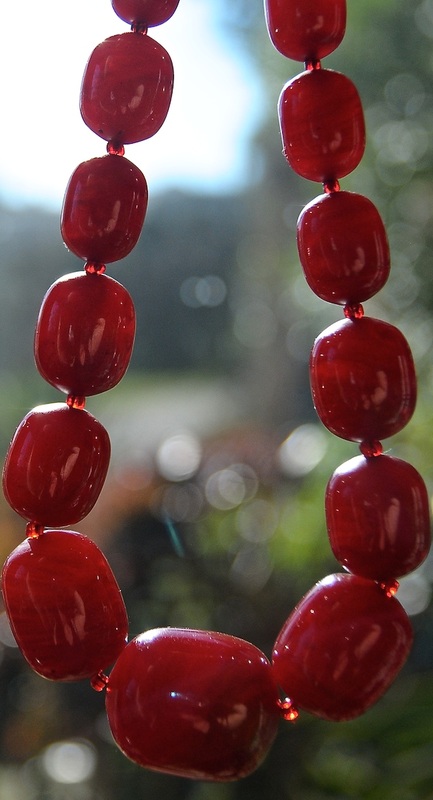
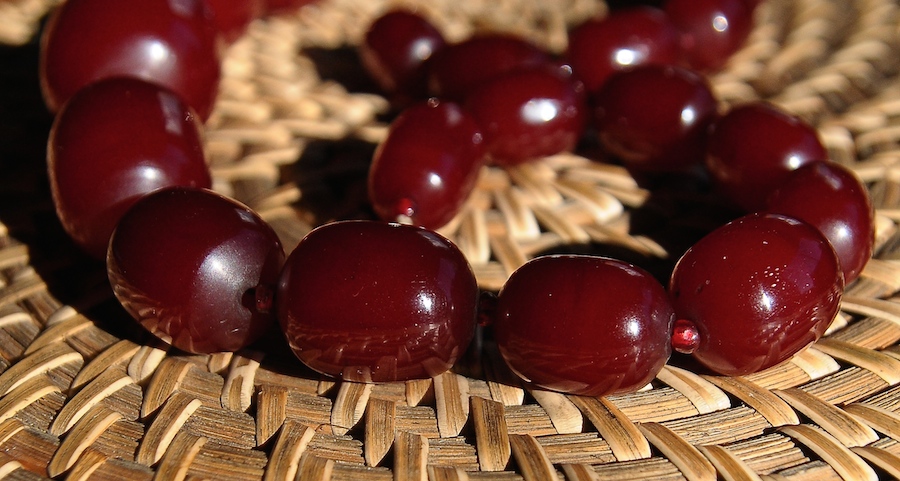
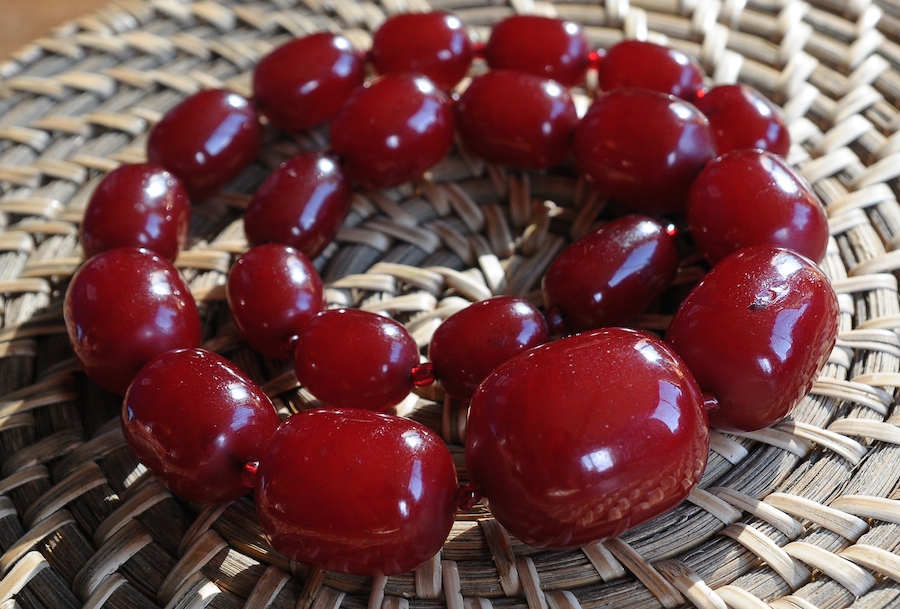
 RSS Feed
RSS Feed


